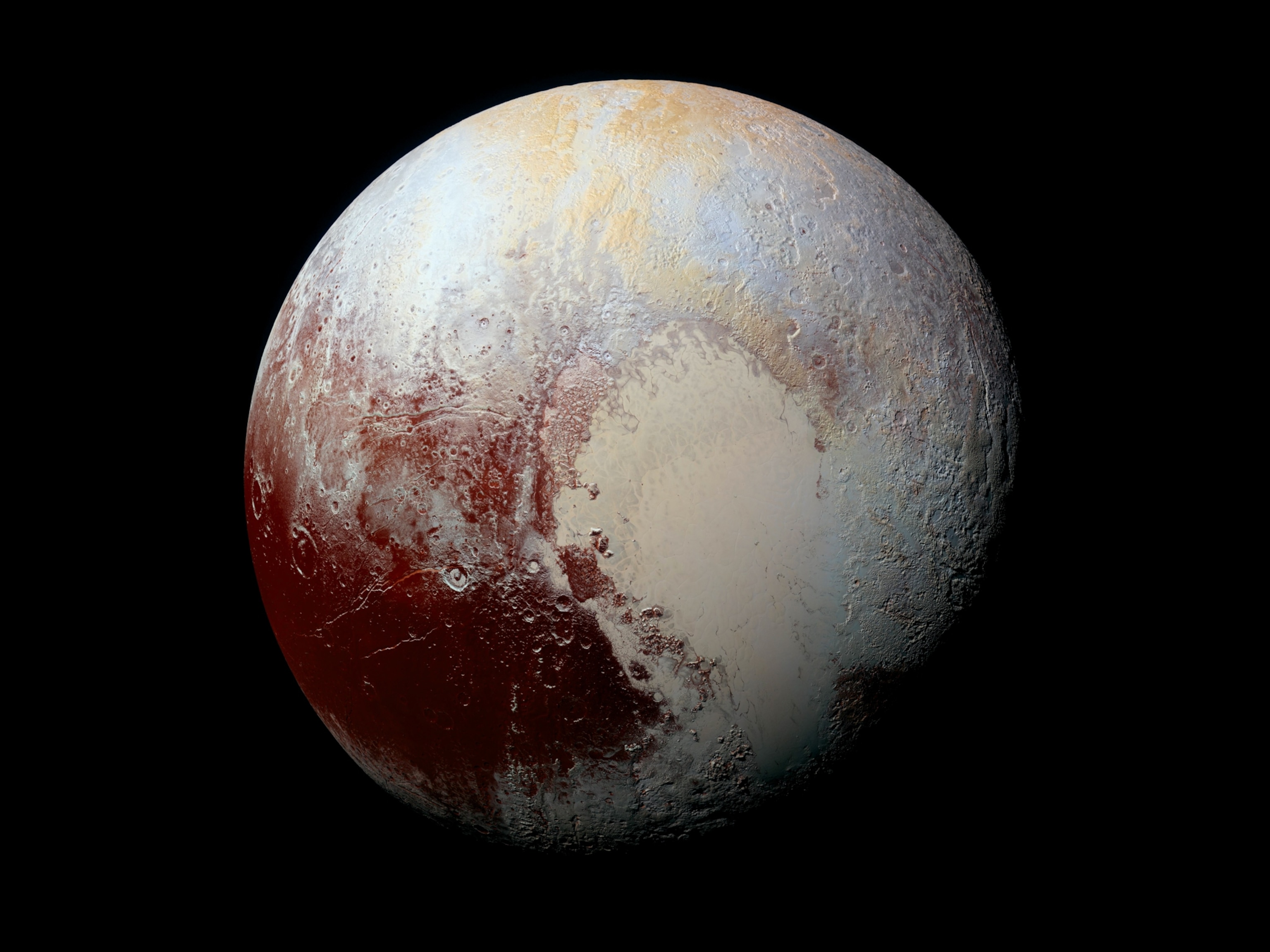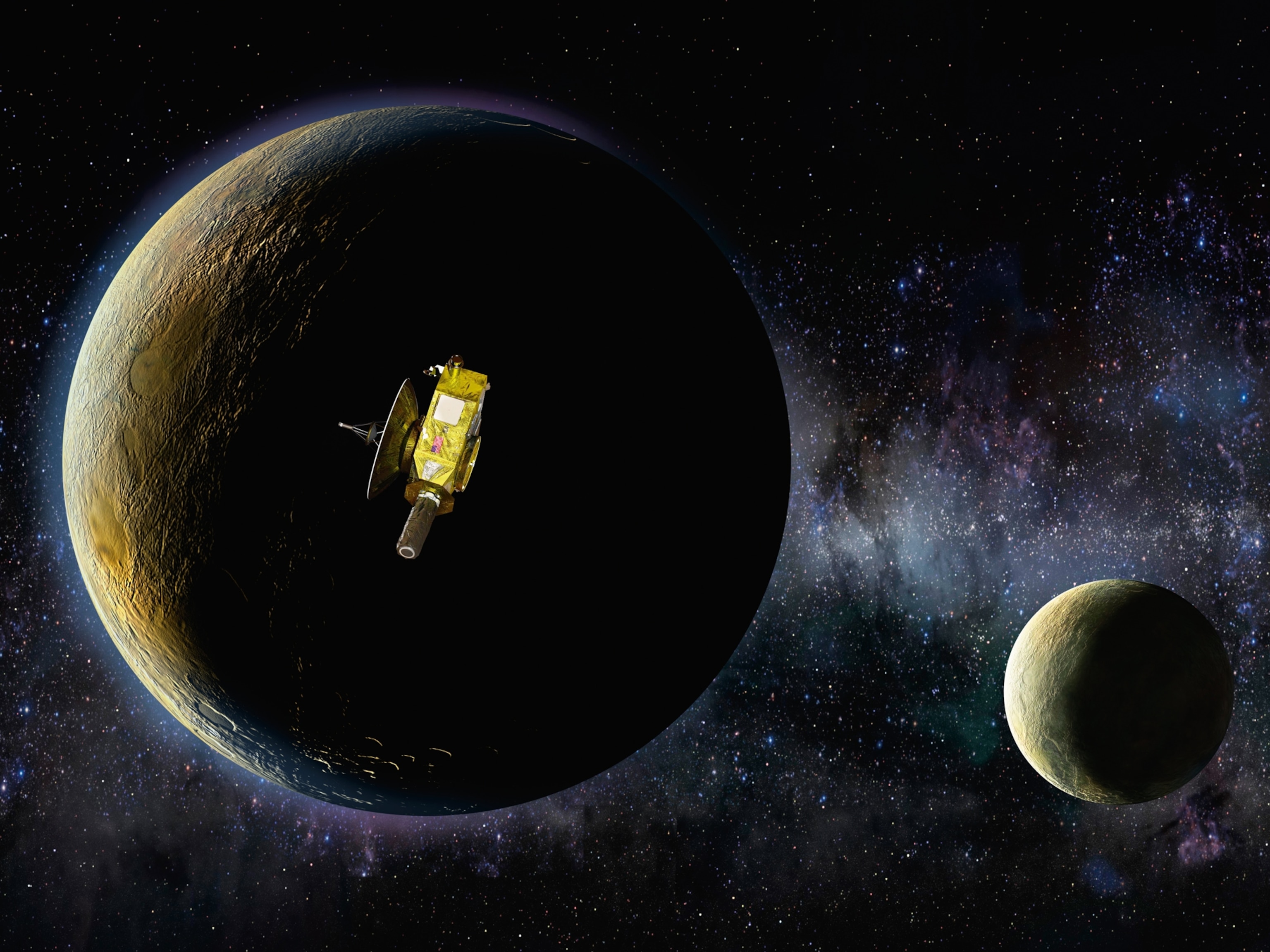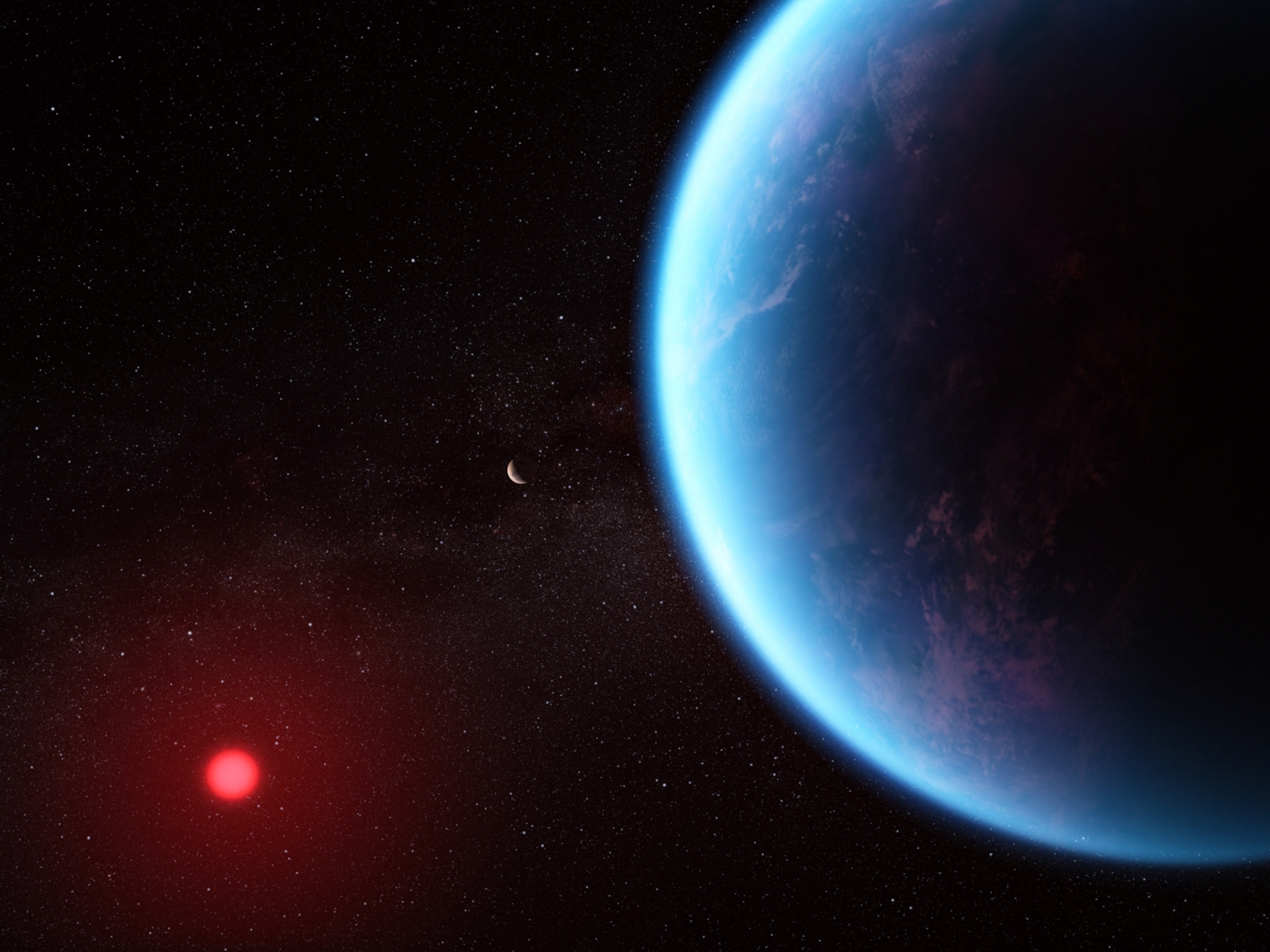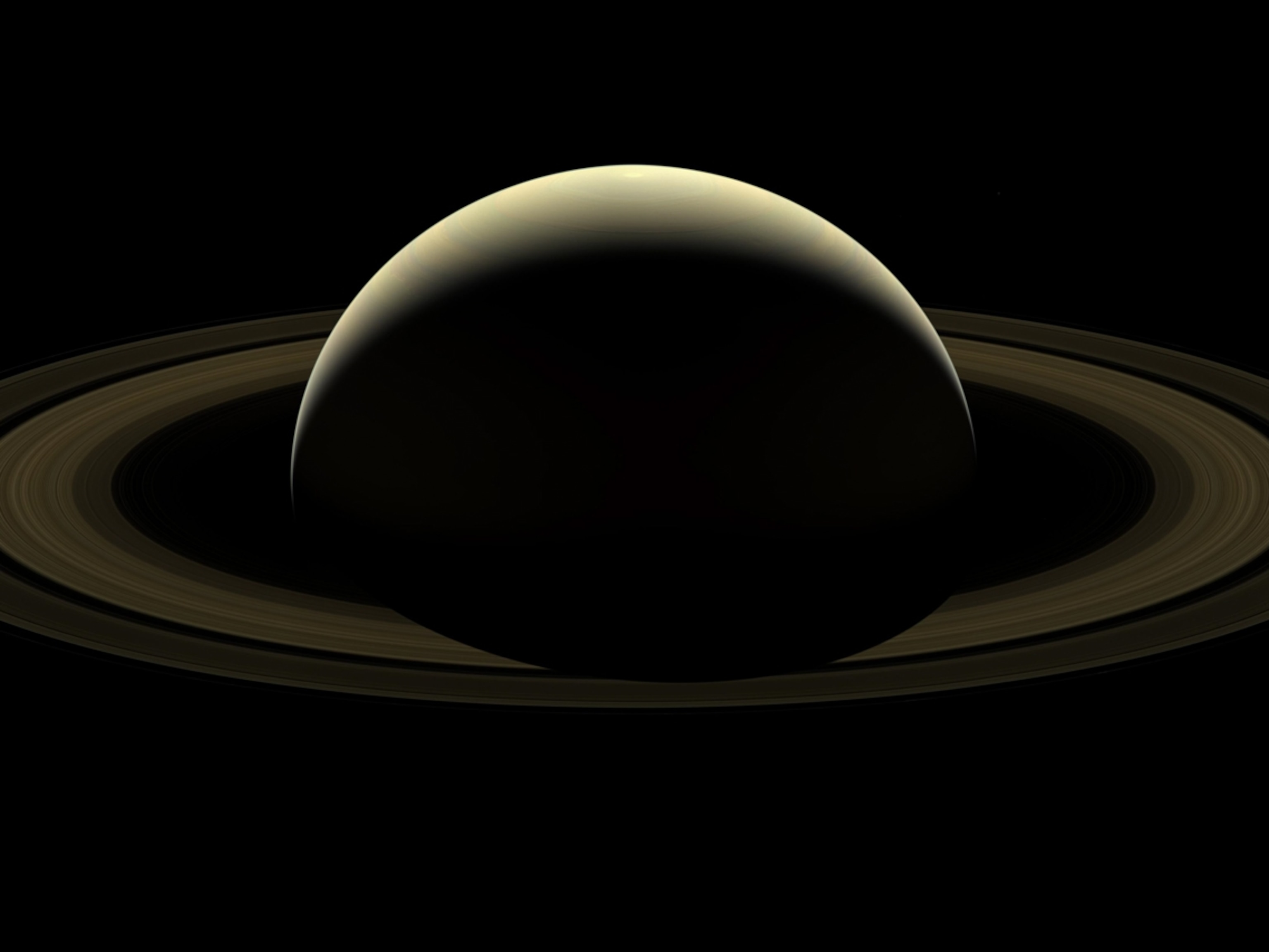First Rings Found Circling Weird World Near Pluto
The thin bands of debris suggest that neighboring small bodies could also host rings—and that may spell trouble for visiting spacecraft.
While watching a tiny planet eclipse a very distant star, astronomers made an unexpected discovery: The egg-shaped world hosts a 43-mile-wide ring of particles and debris.
That egg, called Haumea, is now the first official dwarf planet found to host a ring system, and only the third body smaller than Neptune known to have rings. The discovery also marks the first time anyone has found rings around an object in the Kuiper belt, a region of icy bodies out beyond the orbit of Neptune.
Ultimately, the revelation may help scientists better understand why and how rings form. But it also gives planners for deep-space missions, like the New Horizons spacecraft that flew past Pluto, an extra item on the checklist of hidden hazards to watch for as the probe hurtles toward its next destination.
The discoverer of six moons and three planetary rings—including the gossamer rings of Jupiter—Mark Showalter is currently heading up the hazard planning team for New Horizon’s next flyby target, a tiny object in the Kuiper belt known as MU69.

“I’m sort of torn. Scientifically, this is fascinating. But as someone with MU69 on his mind, I did meet the news with some trepidation,” says Showalter, a planetary scientist at the SETI Institute.
“We hadn’t not assumed there was a ring, but it drives home the point that there are generally things out there that we might not know about. We’ll be doing a great deal of studying and preparation.”
Observing the Occult
Jose-Luis Ortiz, a solar system researcher with the Instituto de Astrofísica de Andalucía in Spain, has been studying Haumea since he helped discover it in 2005.
In a study published today in the journal Nature, Ortiz describes how a network of 12 telescopes spread across 10 locations in central Europe watched as Haumea passed between Earth and the star URAT1 533-1825 on January 21, 2017.
By taking detailed measurements of the light fluctuations at each location as Haumea passed in front of—or occulted—the star, Ortiz and his team were able to calculate Haumea’s diameter, shape, brightness, and density. (Find out how NASA scientists used a jet plane to catch an occultation of Pluto.)
As a bonus, just before and just after Haumea blotted out the star, the telescopes also saw the starlight slightly fade out again: a signature for the presence of a ring.
Though unexpected, it wasn’t a huge surprise, Ortiz says. Haumea’s two moons, Hi’iaka and Namaka, are thought to be the product of an earlier collision between the small world and a mystery object, so it’s reasonable to expect leftover material to be still floating around as well.
“But Pluto and [its biggest moon] Charon are supposed to have been formed through a collision, and the New Horizons spacecraft did not show the presence of even a tiny ring” around Pluto, he says. “So, we did not have a clear clue that Haumea could have a ring.”
Better Safe Than Sorry
Ortiz adds that the use of occultation to find of a ring around Haumea may help others detect rings around similar far-flung objects, and that perhaps Haumea’s elongated shape and fast rate of spin are important clues.
For a long time, astronomers had assumed that only large planets like Saturn and Jupiter could host ring systems. Then, in 2013, a team announced that an object called 10199 Chariklo was the first asteroid known to have rings. This small object belongs to a population of asteroids called centaurs, which orbit between Saturn and Uranus.
In 2015, another team announced that similar observations of the centaur 2060 Chiron, made in 2011, hint at rings around that asteroid. Together, these results raised questions over whether there was something unique about centaurs that made them able to host rings.
Now, with the find at Haumea, the answer seems to be no: “It means it’s likely that there’s nothing unusual about these rings, or they’re at least an occasional aspect of solar system bodies,” Showalter says.
As for whether the finding at Haumea means MU69 could have New Horizons-smashing rings of its own, Ortiz says he doubts it.
“There might be a minimum size for ring development, so from that point of view, MU69 is probably too small to have retained a ring,” he adds. “For the New Horizons flyby, this is probably not an issue, although it should indeed be considered.”





